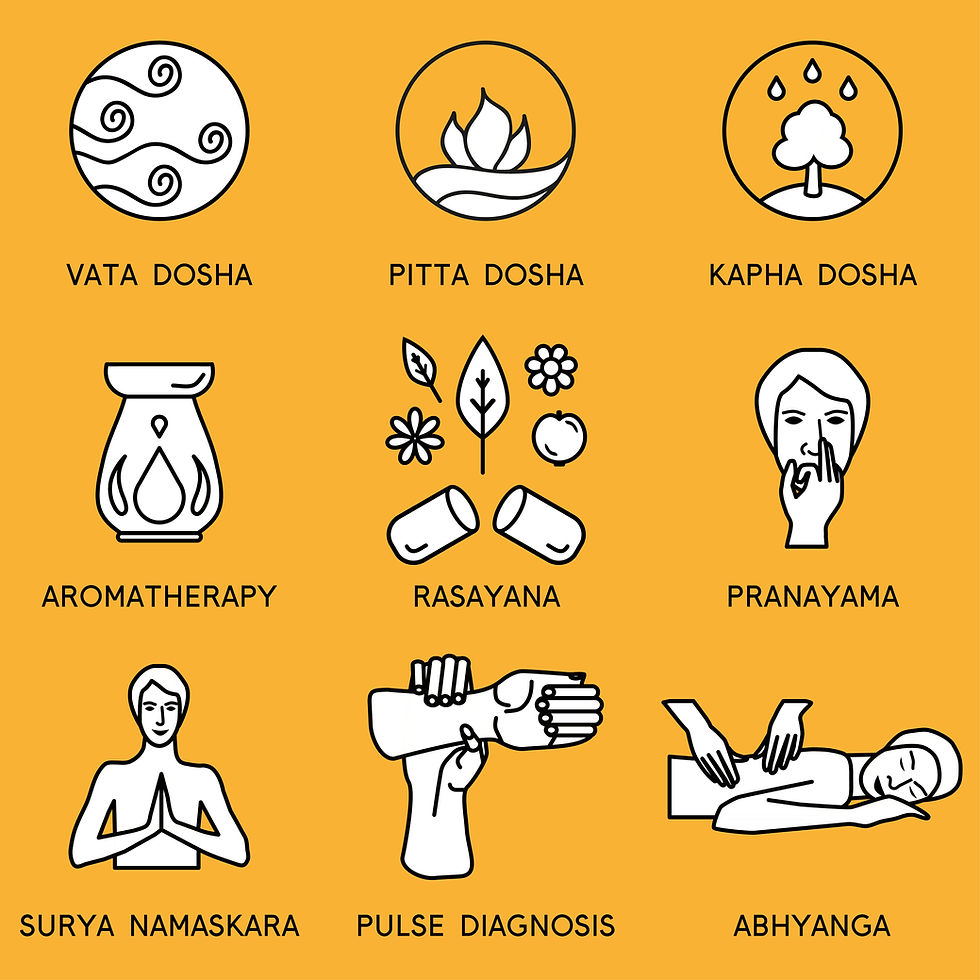Yoga Nidra
- Jeff Perlman

- Oct 12
- 2 min read

Yoga Nidra means “yoga sleep” and is a guided practice rooted in the eight limbs of yoga, which was documented by Patanjali around 450 BC. Its path includes savasana (corpse pose), pratyahara (withdrawal of the senses), and dhyana (meditation).
The concept of Yoga Nidra is intertwined with the dualistic philosophy of Samkhya, which explores the relationship between consciousness and matter.
Yoga Nidra was mentioned in the Upanishads (ancient Vedic texts) and in the Hatha Yoga Pradipika, the first book on Yoga, from around 1500. However, some details were found here; the full practice was not taught until more modern teachers introduced it more widely by Paramyogeshwar Sri Devpuriji (1872-1942) and Swami Sivananda (1887–1963), who passed on the knowledge of Yoga Nidra to Swami Rama, founder of the Himalayan Institute, who died in 1996.
Yoga Nidra leads you into a deep state of relaxation between waking and sleeping while maintaining awareness. It uses body scans and guided imagery to promote physical, mental, and emotional calmness, stability, and grounding, helping reprogram the subconscious and reach the deepest layers of the mind and consciousness.
It’s practice releases melatonin, which relaxes the nervous system and shifts it from the active sympathetic state (fight-or-flight) to the more restful parasympathetic state of deep calm. It also influences the autonomic nervous system, which controls unconscious functions such as heartbeat, breathing, digestion, endocrine system function, and blood flow.
How it is Practiced
Yoga Nidra is taught through guided instruction from a teacher. The practice begins by carefully aligning the body in savasana (corpse pose), ensuring proper alignment to open the nadis (channels) and allow prana to flow freely. Once in this position, the teacher guides the student to withdraw the senses (pratyahara), leading to introspection, followed by a guided examination of individual body parts to identify areas of holding, tension, or control where prana flow may be interrupted. As the student goes deeper, the sense of groundedness and stability enhances not only relaxation but also a heightened awareness and consciousness, which can feel like floating and helps them stay fully awake.



Comments